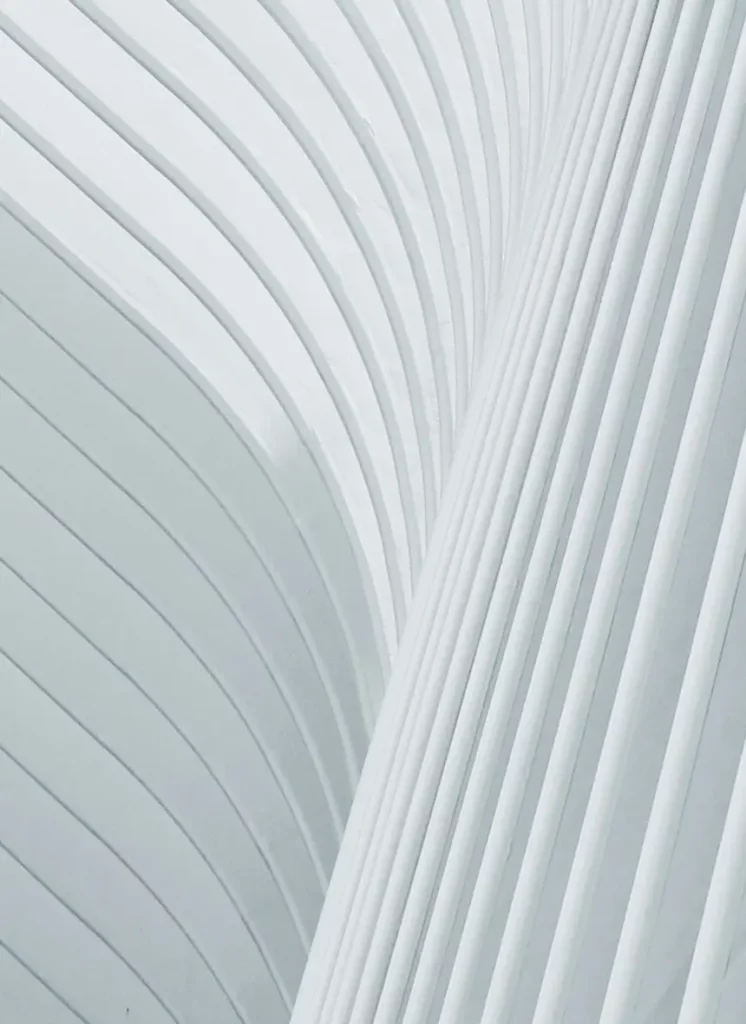Our imagination is an amazing thing. It conjures up realities that never existed, worlds that have yet to be discovered. But our imagination does have limitations: It is often a product of experiences that are joined into new concepts. We may imagine a car that talks, but we first have to experience “car” and “talk” so that those concepts are accessible to be joined together. Our imagination creates the new from the old.
This means you have to learn about the old before you can create the new in front of you.
When thinking of excellence, we must realize that we are limited in the same way. If we have never seen someone do something amazing, we can’t really imagine what amazing looks like. The person who is on the path of excellence first sees themselves in the excellence of another, and then, if they are really on the right path, they exceed the prior excellence. This is the true engine of human advancement: we stand on the shoulders of those who come before us so that we may see farther. This is how the impossible becomes commonplace.
Take the example of the four-minute mile. For centuries athletes had believed that the four-minute mile (like the sound barrier, and many other barriers that humans leap past) was an athletic and physiological impossibility. It became conventional wisdom that humans just couldn’t run that fast, that long.
But Roger Bannister was an excellent runner. He had the potential to break the four-minute mile. It turns out a lot of people did. He had grown up watching exceptional athletes and was inspired by their greatness. He imagined that someday he too would be exceptional. He visualized himself in the picture (see the principle that follows) visualizing himself crossing the finish line before everyone else.
Roger Bannister broke the four-minute mile mark in 1954. That is an amazing feat, celebrated in the annals of sport. But here is the truly amazing thing. For centuries people believed that the four-minute mile was impossible. Then Roger Banister showed them that was a myth, like a flat earth. And once he showed the world what was possible, over 1,400 people have broken that mark. In fact, it is now considered the standard of adequacy, not the limit of perfection.
This story illustrates how I see it work all the time: as people learn about what is possible, they are inspired to experiment. And if that experiment leads to them being on their compulsively unique path to their excellence, they exceed the thing that was previously thought impossible. I assert that every single thing you take for granted in your modern life, from the lightbulb to your computer, to your house, to your car, to electricity and water in your house – they are all a product of this process of people pursuing excellence by seeing the possibilities, and then discovering they can be better than that, they can achieve the impossible.
In absence of this “initiation” into the path of excellence, people often cannot get started. But what is truly insidious is that their mind tricks them into believing that they are on the path. A person produces an outcome they are proud of. It could be a report, or a painting, or a hamburger. It doesn’t matter. They think they really nailed it. And then one of two things happen: they either settle for that well before they are actually even started getting better, being on the path. Or they get defensive when someone points out that it could be better. Both reactions are deadly towards finding excellence.
The trick is to feed your mind a vision of something better. Don’t let your mind settle for what it is doing. Let it be pulled towards what it could be doing.
I experience this all the time. People believe that they are on the path to excellence, when in fact they are really allowing themselves to be proud of “just good enough.” Don’t get me wrong: good enough can be wonderful. I don’t go to McDonald’s because I want a great steak. I just want a reliable hamburger. My point is that if you are making a Big Mac, don’t tell yourself that you are a world-class chef. You aren’t.
But you could be. Who knows? You would need to experiment to find out. But you really can’t start that experiment unless you have ever tasted the food of a great chef and been inspired. Or watched a video of someone making a great dish and wondered “I wonder if I could do that?” You have to expose yourself to the world of excellence so that you can see what could be possible for you.
I am not saying “don’t dream”. That happens in the next principle. I am saying that your dreams are limited by what you experience. What you see others doing. Once a woman becomes president, more girls will want to be president. It’s just the way that the mind works.
Find examples of greatness. Don’t imagine the best. Discover it. You can’t achieve excellence if you don’t know what it looks like.



